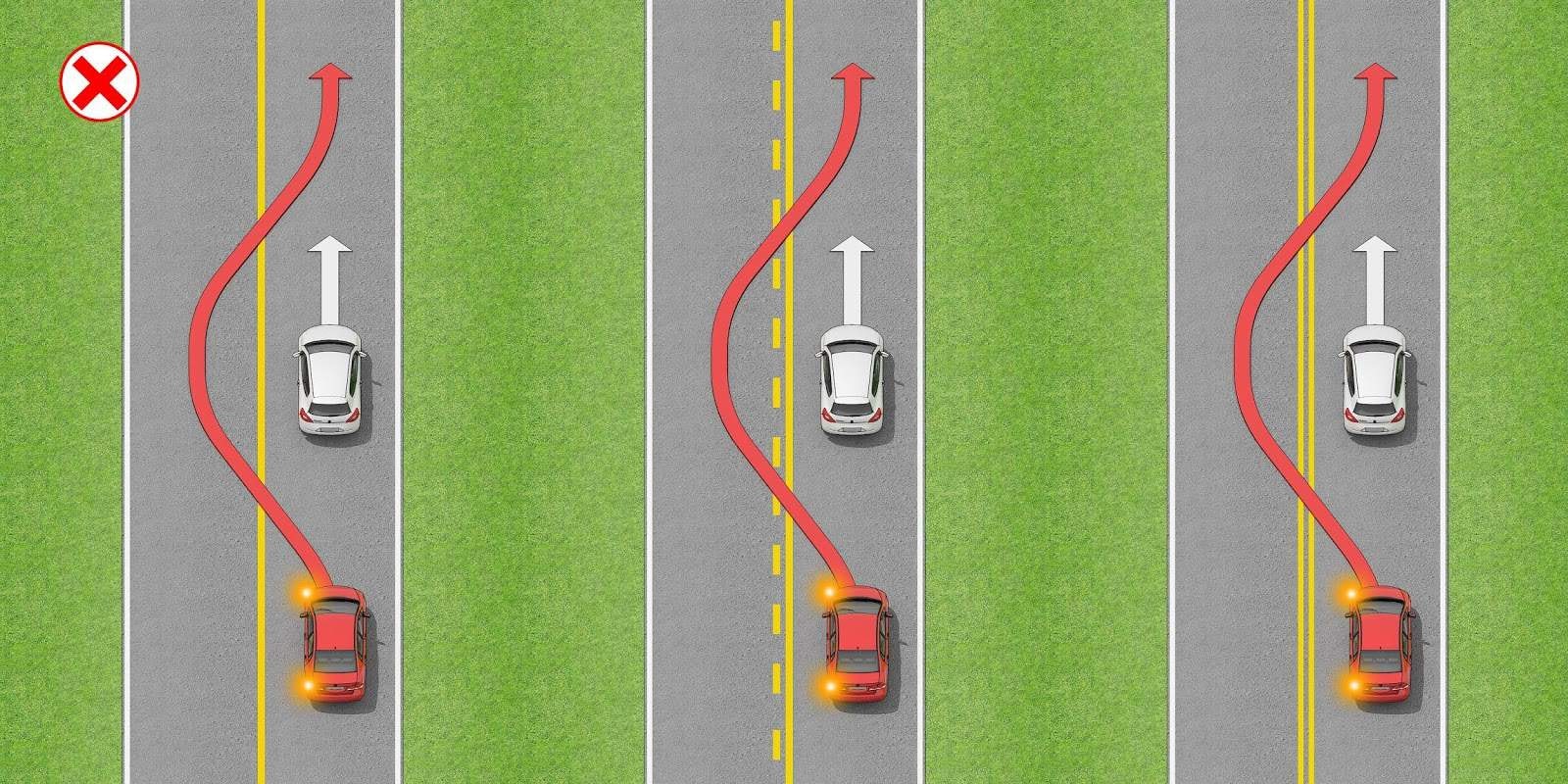
Passing another car is only legal when it’s safe and permitted by road markings, signs, and traffic laws. Here’s a breakdown of when it’s legal—and when it’s not:
✅ When It’s Legal to Pass Another Car
✔️ On a Two-Lane Road:
- Broken yellow line on your side: You may pass if it’s safe and there’s no oncoming traffic.
- Both lines broken: Either direction may pass when safe.
✔️ On Highways/Freeways:
- You can pass on the left, and sometimes on the right if the vehicle ahead is turning left or in slower traffic (check local laws).
- Always use your turn signal before changing lanes.
✔️ When There’s a Passing Zone:
- Confirm it’s marked by signs or road lines allowing passing.
- Make sure there’s enough clear distance ahead to safely pass and return to your lane.
❌ When It’s Illegal or Unsafe to Pass
🚫 Solid yellow line on your side
- Passing is not allowed.
🚫 Hills, curves, or blind spots
- Never pass where you can’t see at least several hundred feet ahead.
🚫 Near intersections, crosswalks, bridges, tunnels, or railroad crossings
- These are high-risk areas; passing is often prohibited.
🚫 School zones or areas with pedestrian traffic
- Risk is too high for sudden stops or unpredictable movement.
🚫 In no-passing zones
- Look for posted signs or road markings that explicitly prohibit passing.


Recent Comments